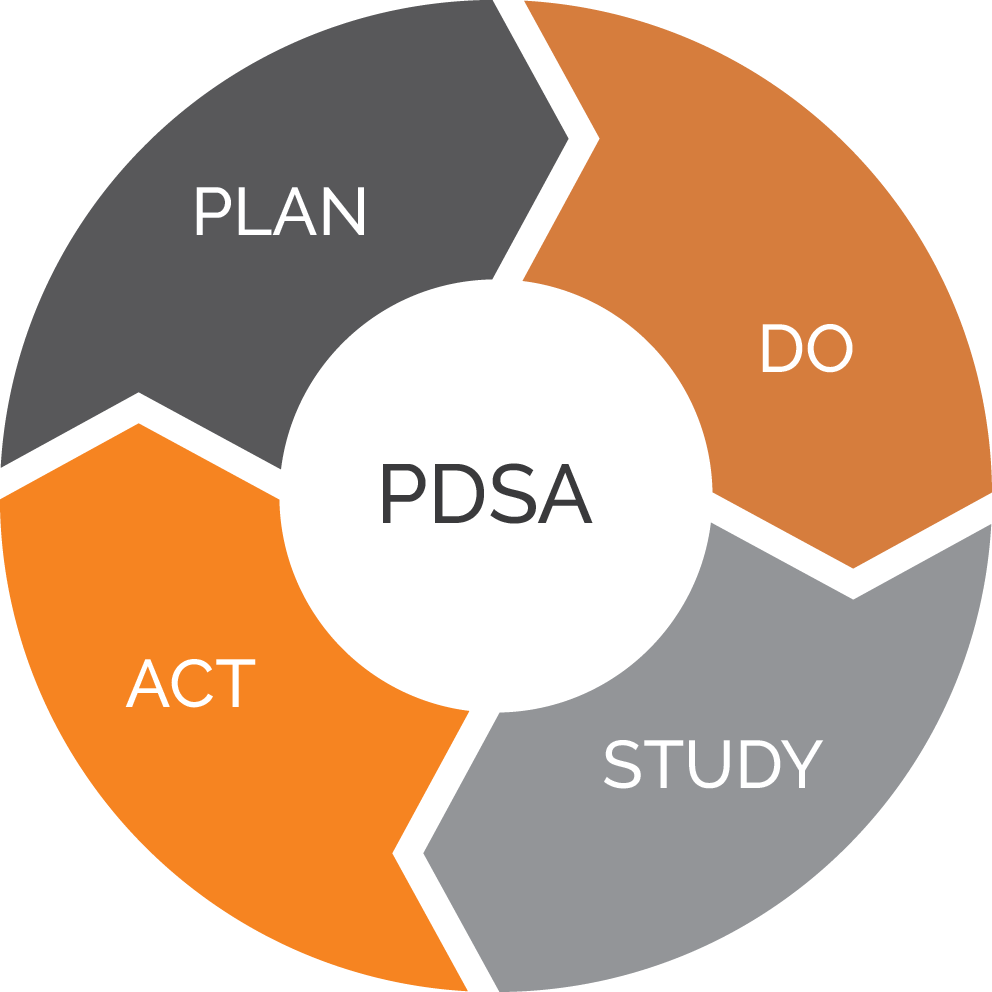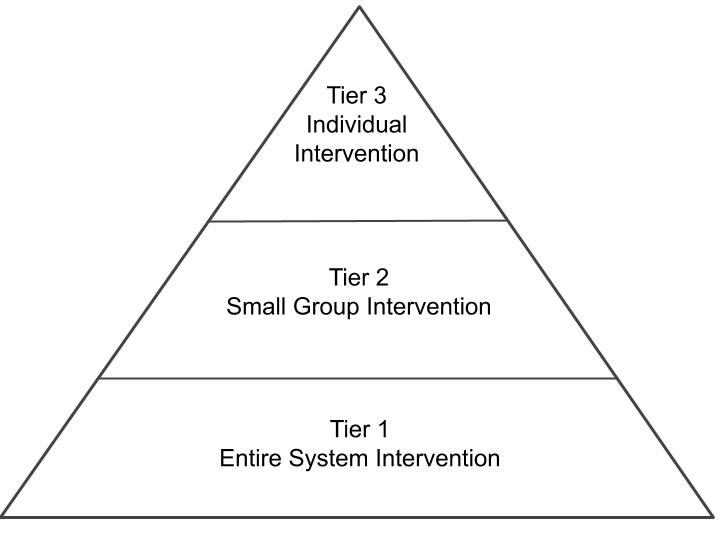
Too often we see organizations excited about receiving a new grant or starting a new program, and they jump in head first to implementation without enough planning. In this blog, we share a program planning and evaluation tool we use called the “PDSA” framework, which stands for Plan-Do-Study-Act. Have you ever started a new project with the “do” phase? If so, then you’ve probably had to shift your mindset to being reactive versus proactive.
Jumping into “doing” is a reactive approach to a situation. When we spend time planning how we will implement and launch a new program, especially before we agree to scale it, can improve our overall outcomes and prevent issues down the road. We see this in all of the sectors we work in, but today we’re highlighting a project in K-12 education. When dealing with a large number of students, it’s nearly inevitable to come across situations that will require both reactive and proactive responses; but, proactive steps may lead to improved student behavior and participation outcomes.
Transform Consulting Group (TCG) had the opportunity to conduct a program evaluation and witness a proactive approach called an Early Warning System (EWS) being implemented in a large metropolitan school district. Developed from the Johns Hopkins University Talent Development Secondary (TDS) program, EWS focuses on tracking predictive student data and developing responses to support students so they may graduate high school and have greater postsecondary success. The three main indicators of student data are attendance, behavior, and course performance.

Similar to the structure of our suggested impact teams (see more in this blog), EWS programs have an assigned team of mixed school personnel to review students’ data around the three main indicators. If an indicator for a student is found to be “at risk,” then the team decides what intervention to take with the student. Interventions fall within three tiers to determine if the problem impacts the (1) entire school, (2) a group of similar students, or (3) a specific student by case.
The team is following a PDSA framework in planning the interventions, implementing the interventions, studying the data after the interventions and acting on any changes needed to the model. By having an intention and thoughtful plan and process in place, they were able to see progress in student outcomes!
During our evaluation, we found the school district is already seeing success with their proactive approaches from EWS. All of the sites experienced improvements among chronically absent students. Three out of four schools saw an improvement in student suspensions as well.
To ensure success implementing your own PDSA cycle, we recommend three tips.
- Build a diverse team with staff and stakeholder buy-in. Staff need to believe in the work and data review process to allow the team to function. Without buy-in, staff may be less likely to actively participate.
- Make data accessible. The team needs something to review and build their decisions around that connect directly back to the change that you are wanting to impact. Providing data in an easy to understand format, like a dashboard, will allow teams to be productive and accurately reflect on the information at hand. They can draw conclusions, rather than question fidelity and format of the information.
- Integrate the Process. See how you can integrate this process with an existing team or meeting. More than likely, you probably have an existing team that includes nearly all of the right people to help with this work. Train them on the PDSA framework and see how it can be used to drive those meeting discussions.
Planning to implement a program and taking time to study the results can be difficult to do and still meet grant timelines. When organizations build this process into their culture and organization, we see improved outcomes for their clients. We would love to come alongside your team and help build a data-informed culture within your organization. Contact us today for a free check-in to find out how we can work together to set your organization on the right path.

